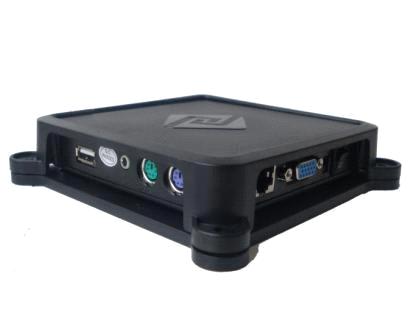You may think where are people using 16 bit architecture hardware for building devices. And yes they required in embedded systems, if you want to design a Linux based interface to show up details on the electric cooker with small screen setup on it. you may go less architecture processor (may be 16 bit). In such conditions you may need port Linux kernel to the 16 bit processor.
The 8086("eighty eighty-six", also called iAPX 86) is a 16-bit microprocessor chip designed by Intel between early 1976 and mid-1978, when it was released. The Intel 8088, released in 1979, was a slightly modified chip with an external 8-bit data bus (allowing the use of cheaper and fewer supporting ICs), and is notable as the processor used in the original IBM PC design, including the widespread version called IBM PC XT.

The Embeddable Linux Kernel Subset (ELKS) project found at http://elks.sourceforge.net/, for example, was aimed at running Linux on 16-bit processors,such as the Intel 8086 and 286.
regarding Linux’s inability to run on any processor below 32 bits is not entirely true. There have been Linux ports to a number of
odd processors.It has seen several attempts at revival over the past few years, and even may well work for some users by the time you read this edition, but it is really strictly a research project at this point—you won’t see a vendor offering support for Linux on an 80286. The point here is that if you choose to use Linux on a processor lower than 32 bits, it is absolutely certain that you will be on your own. Even if you get the kernel to boot, the range of applications is limited.
The 8086("eighty eighty-six", also called iAPX 86) is a 16-bit microprocessor chip designed by Intel between early 1976 and mid-1978, when it was released. The Intel 8088, released in 1979, was a slightly modified chip with an external 8-bit data bus (allowing the use of cheaper and fewer supporting ICs), and is notable as the processor used in the original IBM PC design, including the widespread version called IBM PC XT.
The Embeddable Linux Kernel Subset (ELKS) project found at http://elks.sourceforge.net/, for example, was aimed at running Linux on 16-bit processors,such as the Intel 8086 and 286.
regarding Linux’s inability to run on any processor below 32 bits is not entirely true. There have been Linux ports to a number of
odd processors.It has seen several attempts at revival over the past few years, and even may well work for some users by the time you read this edition, but it is really strictly a research project at this point—you won’t see a vendor offering support for Linux on an 80286. The point here is that if you choose to use Linux on a processor lower than 32 bits, it is absolutely certain that you will be on your own. Even if you get the kernel to boot, the range of applications is limited.
LINUX Running on 8 bit processor




0 comments:
Post a Comment